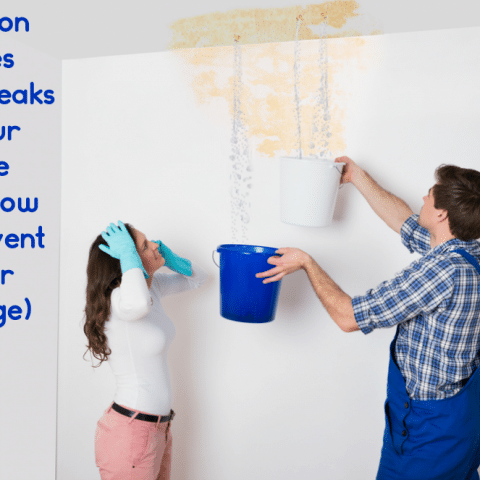Detect Hidden Water Line Leaks: Six Clever Tricks
Detect Hidden Water Line Leaks: Six Clever Tricks
Blog Article
They are making a number of good annotation on the subject of Detecting hidden plumbing leaks as a whole in this post on the next paragraphs.

Early detection of leaking water lines can mitigate a possible calamity. Some small water leaks might not be noticeable.
1. Take A Look At the Water Meter
Examining it is a surefire way that helps you find leaks. If it moves, that suggests a fast-moving leak. This indicates you might have a slow leakage that can also be below ground.
2. Inspect Water Consumption
If you detect unexpected modifications, in spite of your intake being the exact same, it suggests that you have leaks in your plumbing system. An unexpected spike in your bill suggests a fast-moving leak.
Meanwhile, a stable rise on a monthly basis, despite the very same habits, shows you have a slow leak that's likewise gradually intensifying. Call a plumber to extensively check your property, especially if you feel a warm area on your floor with piping underneath.
3. Do a Food Coloring Test
30% comes from toilets when it comes to water intake. Examination to see if they are running effectively. Decline flecks of food color in the container and also wait 10 mins. There's a leak in between the container as well as bowl if the color in some way infiltrates your bowl throughout that time without flushing.
4. Asses Outside Lines
Don't neglect to inspect your exterior water lines as well. Test spigots by affixing a yard hose pipe. Must water permeate out of the connection, you have a loose rubber gasket. Change this and make sure all links are limited. If you've got a lawn sprinkler, it will certainly help get it skillfully checked out and also kept each year. One tiny leak can squander tons of water as well as spike your water expense.
5. Check and Evaluate the Situation
Home owners ought to make it a habit to inspect under the sink counters and also also inside cabinets for any type of bad odor or mold and mildew development. These 2 red flags indicate a leak so timely focus is called for. Doing regular evaluations, even bi-annually, can conserve you from a significant trouble.
More importantly, if you know your home is already old, keep a watchful eye on your heating units, pipes, pipes and so on. Check for stainings and weakening as the majority of pipelines as well as home appliances have a life expectancy. They will additionally naturally deteriorate due to tear and also use. Don't wait for it to rise if you suspect dripping water lines in your plumbing system. Call a specialist plumber right now so you do not end up with a horrible mess in your house.
Early discovery of dripping water lines can minimize a possible disaster. Some tiny water leaks might not be noticeable. Examining it is a surefire means that helps you discover leaks. One little leakage can waste lots of water as well as increase your water expense.
If you suspect dripping water lines in your plumbing system, do not wait for it to rise.
WARNING SIGNS OF WATER LEAKAGE BEHIND THE WALL
PERSISTENT MUSTY ODORS
As water slowly drips from a leaky pipe inside the wall, flooring and sheetrock stay damp and develop an odor similar to wet cardboard. It generates a musty smell that can help you find hidden leaks.
MOLD IN UNUSUAL AREAS
Mold usually grows in wet areas like kitchens, baths and laundry rooms. If you spot the stuff on walls or baseboards in other rooms of the house, it’s a good indicator of undetected water leaks.
STAINS THAT GROW
When mold thrives around a leaky pipe, it sometimes takes hold on the inside surface of the affected wall. A growing stain on otherwise clean sheetrock is often your sign of a hidden plumbing problem.
PEELING OR BUBBLING WALLPAPER / PAINT
This clue is easy to miss in rooms that don’t get much use. When you see wallpaper separating along seams or paint bubbling or flaking off the wall, blame sheetrock that stays wet because of an undetected leak.
BUCKLED CEILINGS AND STAINED FLOORS
If ceilings or floors in bathrooms, kitchens or laundry areas develop structural problems, don’t rule out constant damp inside the walls. Wet sheetrock can affect adjacent framing, flooring and ceilings.
https://www.servicemasterbyzaba.com/blog/how-to-detect-water-leakage-in-walls/

I recently found that content on Top leak detection hacks when looking around the web. Sharing is caring. Helping others is fun. We appreciate reading our article about Hacks to detect leaks.
Immediate attention? Phone us! Report this page